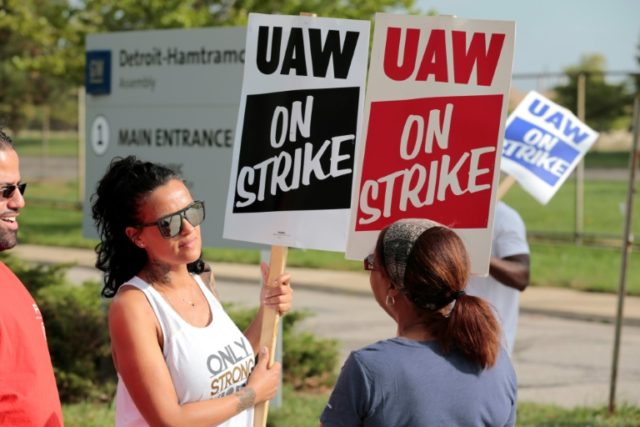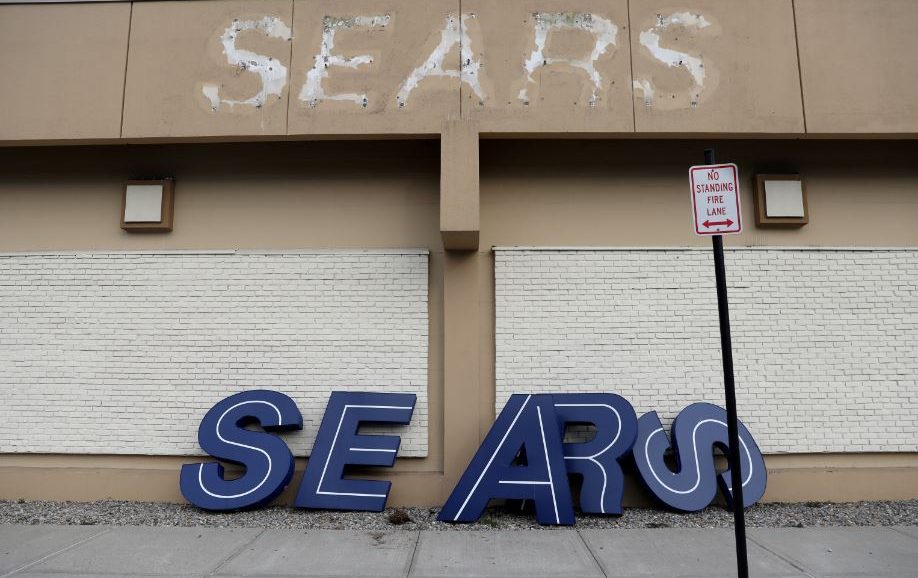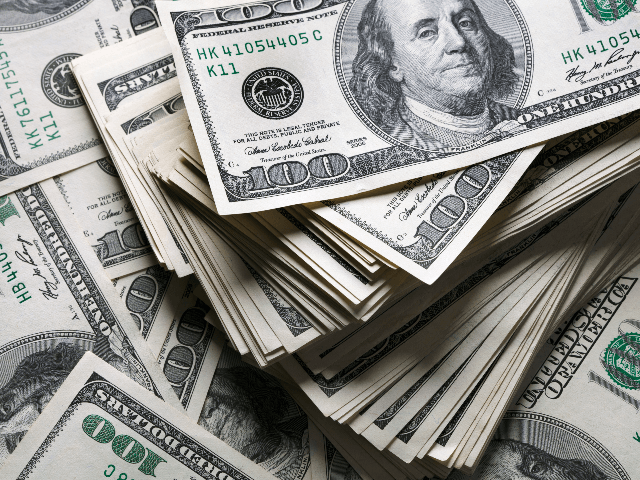H-1B: Uber snatches up more
foreign-worker visas as it lays off hundreds of employees
San Francisco firm says it’s not replacing U.S. workers
with H-1Bs
By ETHAN
BARON | ebaron@bayareanewsgroup.com |
Bay Area News Group
PUBLISHED: | UPDATED:
Uber has doubled the number of government approvals it has
received to hire foreign workers through the controversial H-1B visa this year,
while laying off hundreds of skilled employees, state and federal data show.
The San Francisco
ride-hailing giant revealed in a
California employment-department filing this month that it is laying off nearly
400 workers at its offices in the city and in Palo Alto. The filing showed
software engineers at the firm were the hardest hit, with more than 125 people
cut loose.
Meanwhile, Uber this year received federal government approval for
299 new H-1B visas — work permits intended for jobs requiring specialized
skills — compared with 152 in 2018 and 158 in 2017, according to data from U.S.
Citizenship and Immigration Services. It is unclear whether Uber plans to use
all those visas or when new H-1B workers might be brought on. The visas
typically cost thousands of dollars each to obtain.
The maneuvers raise questions about whether the Bay Area company
is moving to replace U.S. workers with cheaper foreign labor as it struggles to
please Wall Street months after its much-hyped IPO.
“When they’re laying off, they shouldn’t be using H-1Bs at all, or
maybe sparingly at best,” said Ron Hira, a Howard University professor who
studies the use of the visa by companies. “It runs totally contrary to the
intent of the H-1B program.”
Uber declined to answer questions in any detail about its
increasing pursuit of H-1B workers at a time of significant layoffs, but a
company spokesman said, “Any implication that these restructurings were done in
order to replace U.S. workers with H-1B workers is simply not true.” Uber
declined to say if H-1B workers were among those laid off.
The H-1B has become a flashpoint in America’s debate over
immigration. The U.S. Department of Labor specifies that the visa is intended
to authorize temporary foreign labor when employers can’t otherwise obtain
“needed business skills and abilities” in the U.S. workforce. Major Silicon
Valley technology firms have lobbied to increase the annual 85,000 cap on new
H-1B visas, arguing that they need more of them to secure the world’s top
talent.
Critics have pointed to reported abuses by outsourcing firms —
including replacement of U.S. workers by H-1B holders at UC San Francisco and
Disney — and contend that outsourcers, along with the tech giants, use the
visas to supplant U.S. workers, cut labor costs and drive down wages.
This year, Uber has submitted thousands of preliminary
applications for more H-1B workers, two-thirds of them for software engineer jobs.
Uber’s Sept. 10 filing with California’s employment regulator
showed that it had laid off 88 workers from its San Francisco offices in
August, and this month would lay off 238 more in San Francisco and 82 in its
Palo Alto offices. Of the more than 125 software engineers losing jobs, more
than 60 were senior software engineers, according to the filing. This week, the
company said it had laid off 350 workers but declined to specify to this news
organization which job types or office locations were affected.
The layoffs in Palo Alto and San Francisco hit job types that
Uber, according to the applications, is seeking to fill with foreign workers.
In the first three quarters of this year, Uber filed about 1,800 preliminary
applications to the Labor Department for H-1B visas for new software engineer
jobs and about 1,500 for new senior software engineer jobs. The applications,
filed with the U.S. Department of Labor, are a first step toward obtaining new
or renewed visas, but don’t represent the number of positions to be
filled.
Immigration policy analyst David Bier of the Cato Institute, a
libertarian think tank, didn’t see evidence of H-1B abuse by Uber in its
increased visa approvals and efforts to obtain more.
“The software engineer market, it’s so saturated with H-1Bs that
some of the people who are laid off are almost inevitably H-1Bs and some of the
people that are being hired are inevitably H-1Bs,” Bier said. “I don’t read
into it anything like this is obviously job displacement.”
But Hira questioned why many of Uber’s applications listed the
same wage level for “senior” and non-senior software engineers. He also said
many of the software engineer jobs could bring lower pay than the Bay Area’s
prevailing wages.
Uber’s applications put nearly half the senior software engineer
positions at the Labor Department’s “Level 2” wages, the same level it listed
for more than half of the non-senior jobs: a minimum $109,242 for employment in
Palo Alto and $121,077 in San Francisco.
But the Labor Department says that a Level 3 wage should be
considered for jobs with the word “senior” in the title, Hira noted. The Labor
Department’s Level 3 wage for software engineers is $132,184 in Palo Alto and
$147,597 in San Francisco.
“It makes no sense that you would have a senior software engineer
and a software engineer being paid at the same wage level,” Hira said.”That
runs contrary to the whole point of having wage levels.”
Hira said that applying for visas using a lower-level salary
classification helps companies save money. Obtaining foreign workers at Level 2
wages allows companies to pay about 20 percent less than the average wage for
their job and location, Hira said.
“Mis-classification is very common,” Hira said. “That’s why the
tech industry loves the (H-1B) program. They get to choose. There’s no check on
who’s actually filling that position.”




